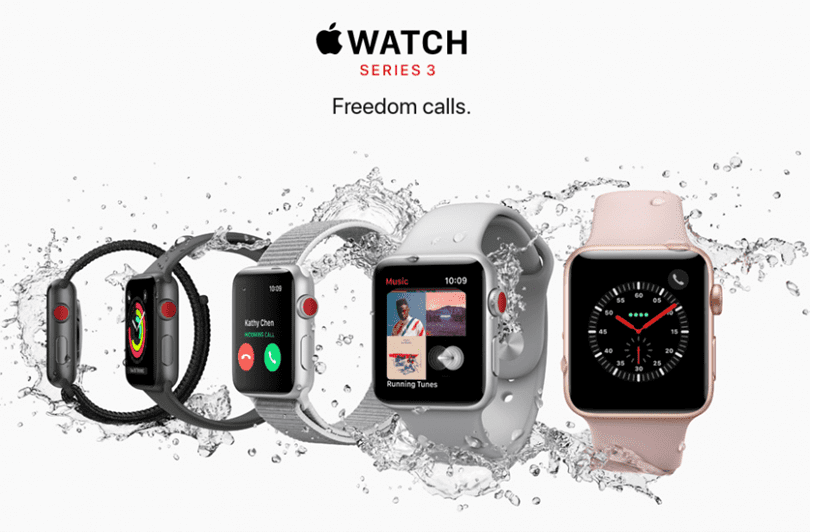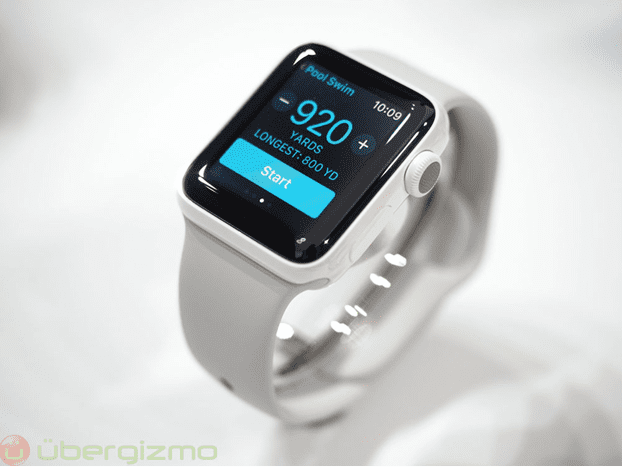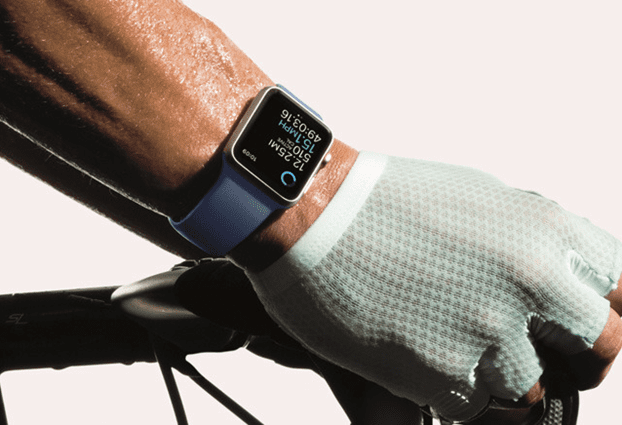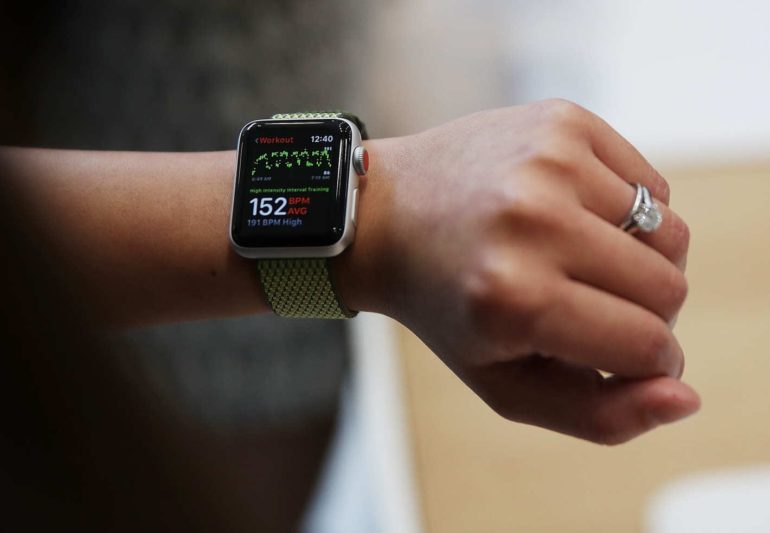Apple has always positioned themselves as a leader in communications technology and innovation. From the world of smartphones to wearable tech (Apple Watch), they continue to raise the bar in making a user’s life convenient and efficient.
Introduction to Apple Watch

Apple has dominated the smartphones market with its array of features and apps designed to bring daily convenience to users. This is why Apple iPhones are the most coveted smartphones in the market. Since 2014, Apple has also turned their focus toward introducing health and wellness devices that match lifestyle choices.
This is how the concept of a smartwatch came about. As such, the Apple Watch was born. It’s essentially a device that you wear on your wrist (like a watch) but is equipped with the capabilities available in a smartphone.
How to Use Apple Watch as a Medical Device

The use of Apple Watch as a medical device is nothing new. With each new feature, it has been questioned if it can be classified as a medical device. The Food and Drug Administration plans to look into streamlining medical technology and digital health tools as part of their method for regulating medical devices.
Historically, Apple set their sights on consumer wellness products. It started in 2014 with the launch of the HealthKit platform and the Health app. Both features introduced wellness and fitness tracking to two of Apple’s major devices: iPhone and iPad. The metric data initially tracked via these devices included calories burned, steps taken, menstrual cycle, and other relevant wellness data.
Eventually, the Apple Watch was introduced with new features that made health monitoring possible and easy to share. As part of their research into the health and fitness industry, Apple collaborated with Stanford University and American Well to develop features to detect atrial fibrillation.
The Apple Watch Series 3 takes health monitoring to a new level. Previously, you needed to connect your iPhone to a monitoring device to see your heart rate or blood glucose level. With the enhanced capabilities of the Apple Watch, your blood sugar level or heart rate is monitored directly to your Apple Watch. It is highly convenient for people who are without access to their smartphone. As long as you are wearing your Apple Watch, you can access the data through your watch for a faster and more efficient monitoring.
There are two key vital functions that the Apple Watch has been known to monitor: blood sugar and blood pressure. These are two of the most essential vital functions linked to chronic diseases such as diabetes and cardiovascular diseases. Early detection and proper monitoring are important. Routine monitoring is also recommended for those with risk factors but not diagnosed yet. The Apple Watch is not just recommended for those with a pre-existing medical or health condition. It is ideal for those concerned about their wellness and keeping a close track of their blood pressure and sugar levels at an early stage.
How Much Does it Cost?

Since the FDA has not classified the Apple Watch as a medical device yet, it is not part of the tax-exemption. The price on the market for the Series 3 is approximately $329 (without cellular capability) and $399 (for the models with cellular capability). There are also larger models in the market at 42 mm and they are at least a little over $400. However, the value is undeniable. Some insurance companies such as Aetna have promised to offer discounts to clients who use Apple Watches.
It remains unclear if Apple would be willing to go through all of the necessary regulatory hurdles of a medical-grade hardware. But consumers can take consolation with access to a great device that can monitor your health with ease.


